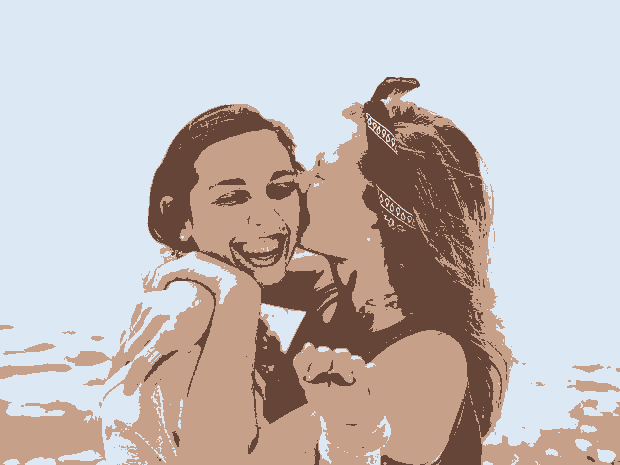Re: Questions mean shift noise removal and color reduction
Posted: 2017-08-06T16:24:25-07:00
The k-means, with SD normalisation* result looks pretty good. Where did the SD normalization idea come from? I did not see that in the reference?
What p value did you use for your harmonic mean approach?
Have you tried the expectation maximization technique at that reference and also at https://en.wikipedia.org/wiki/Expectati ... _algorithm
What p value did you use for your harmonic mean approach?
Have you tried the expectation maximization technique at that reference and also at https://en.wikipedia.org/wiki/Expectati ... _algorithm





